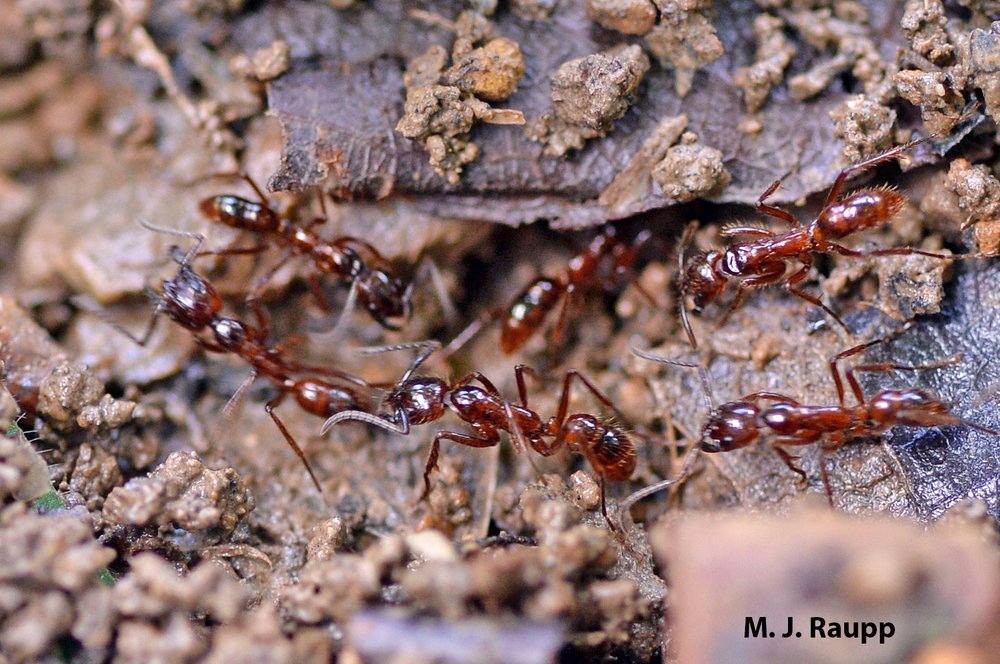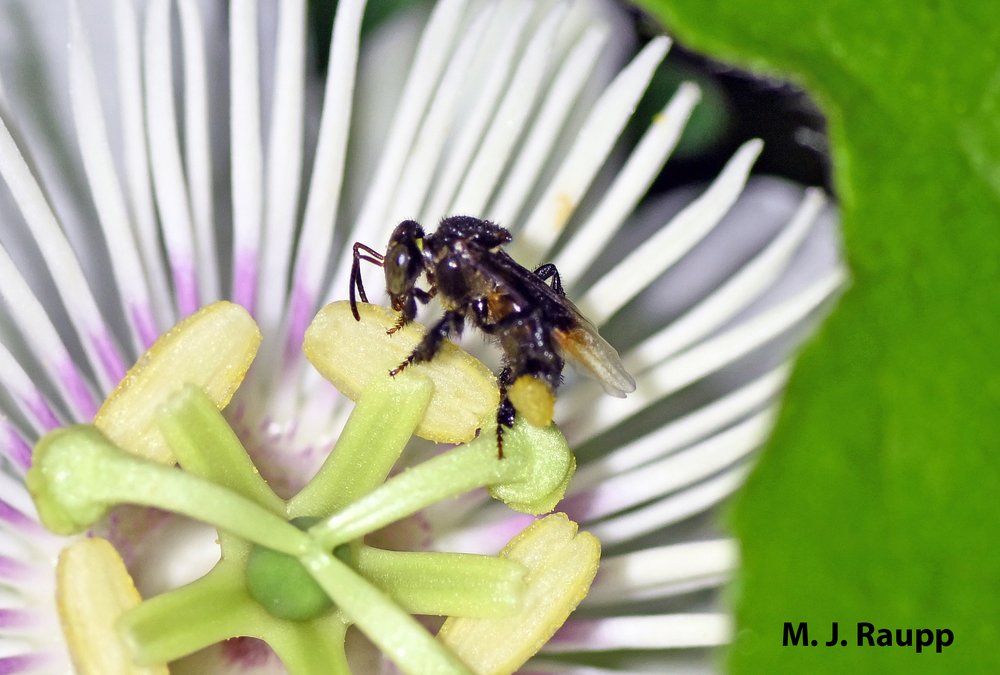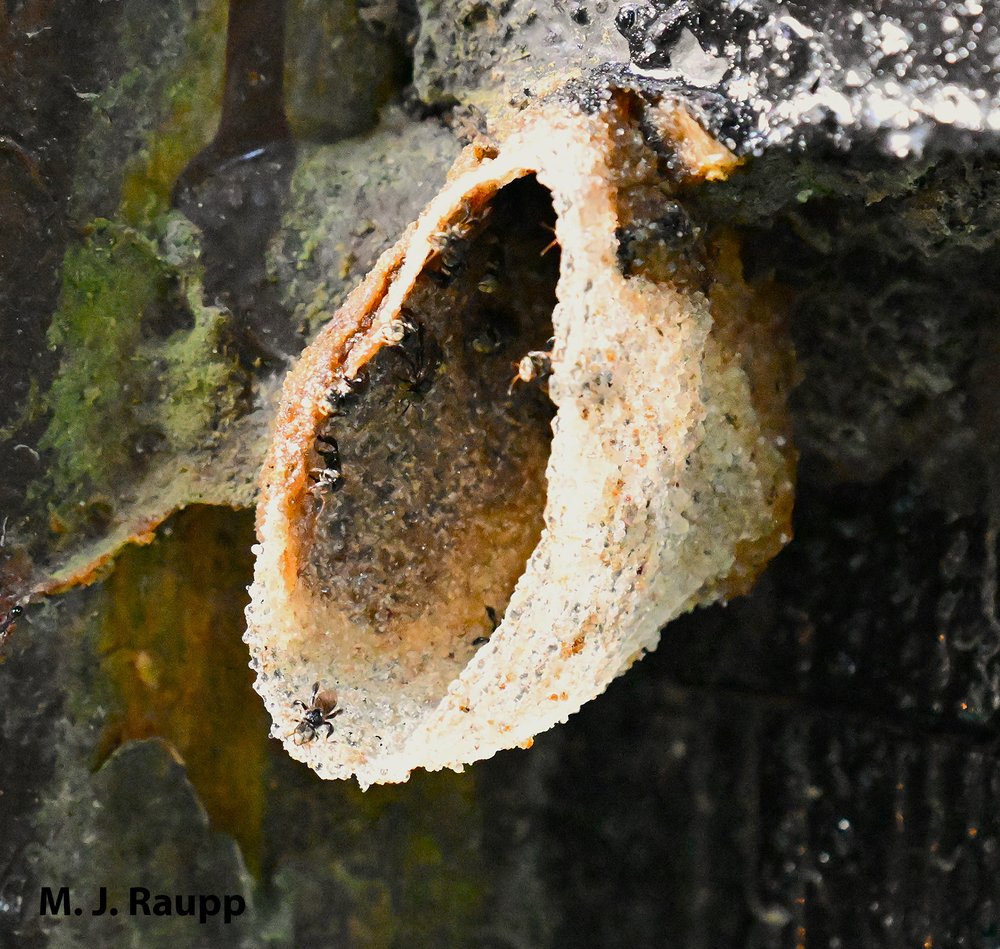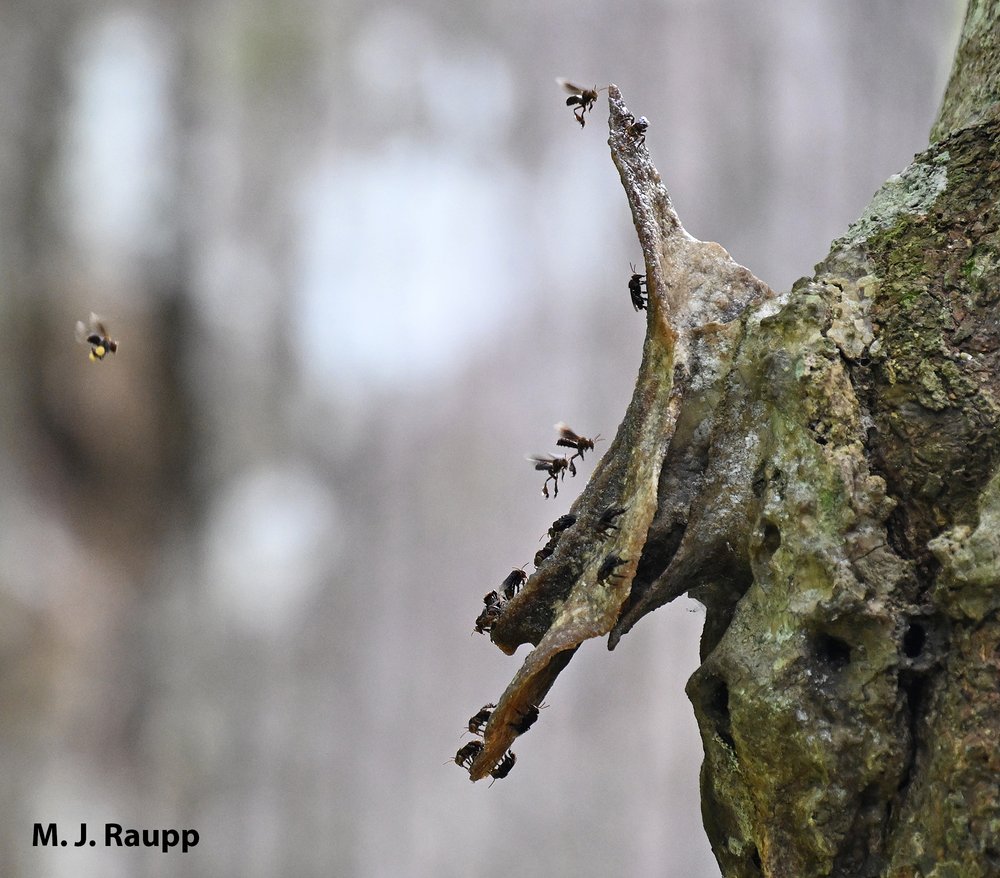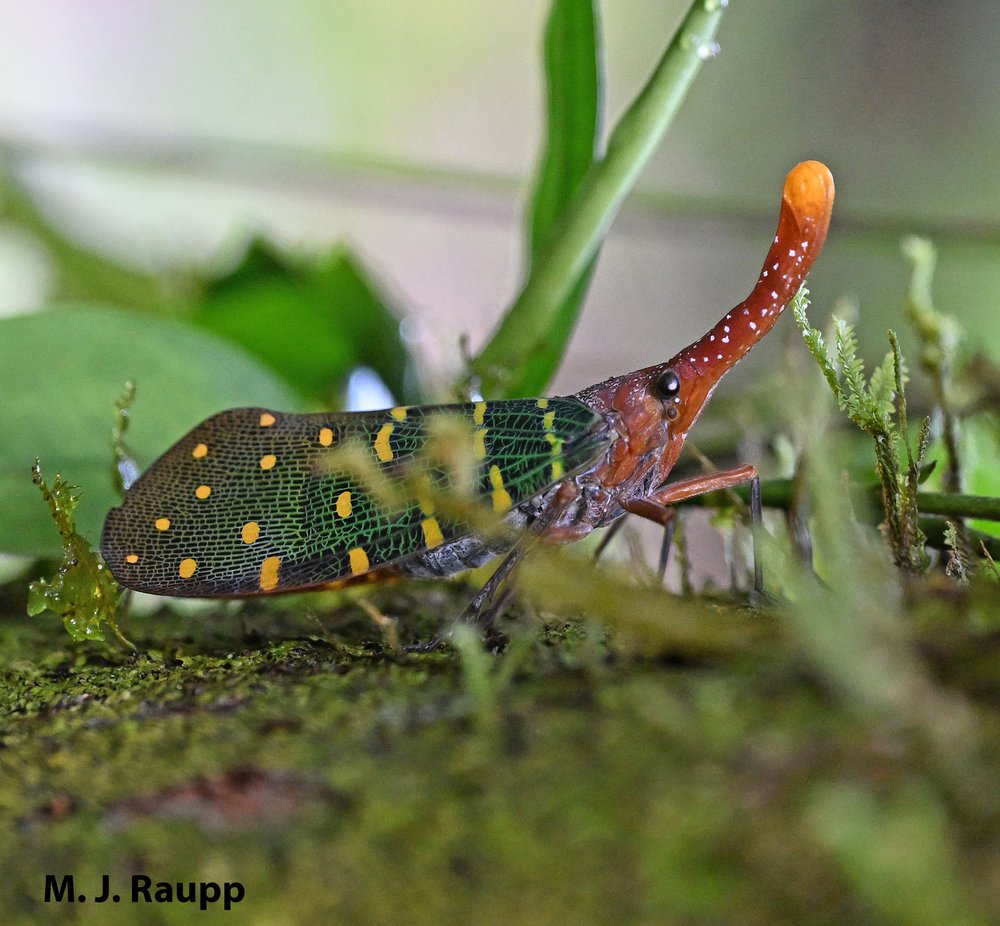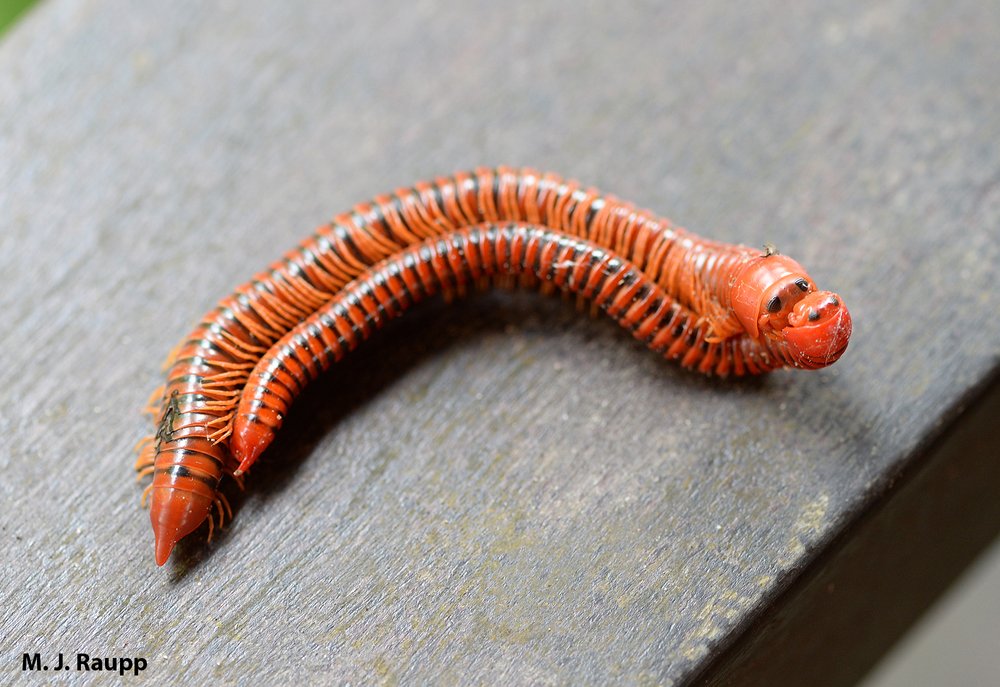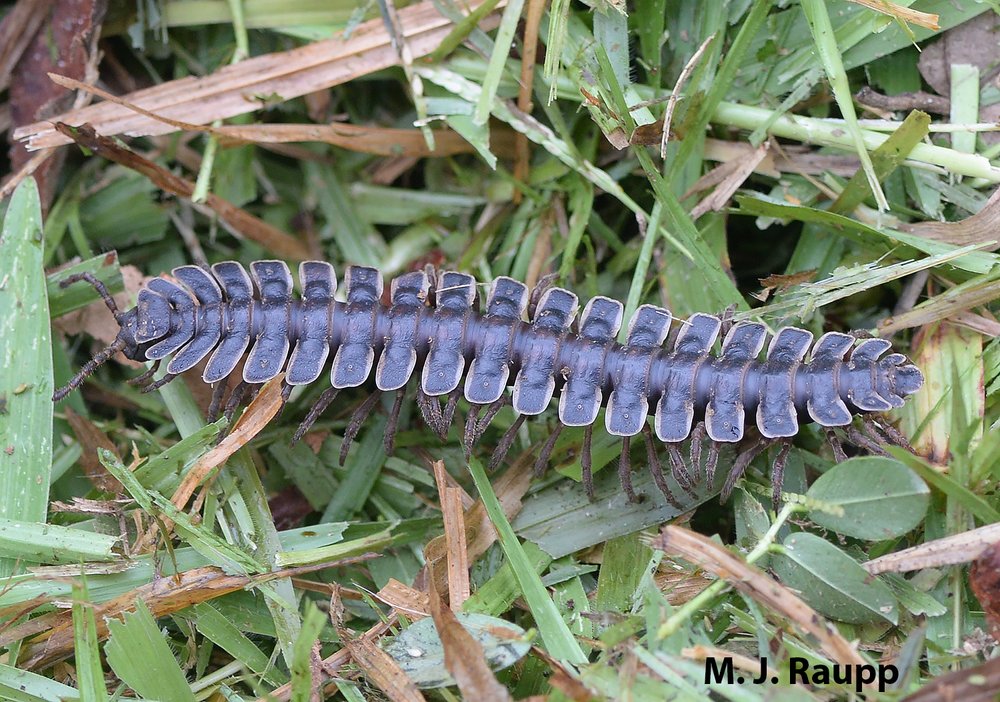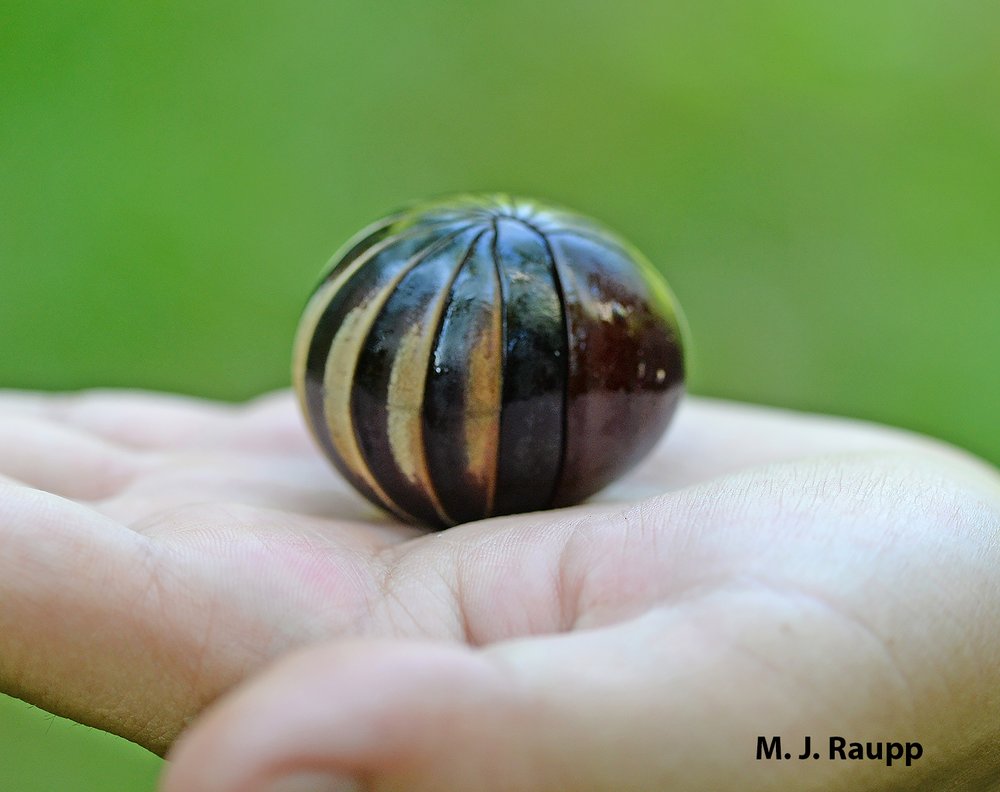Preventing and Treating Ice Dam Infestations
Is your home prepared for winter? In the right conditions, as little as one inch of snow could lead to the formation of ice dams. Common in northern climates, these natural phenomena can pose a nightmare for homeowners. Winter ice dams on roofs can cause structural damage and create ideal conditions for potential pest infestations.
Don’t wait for the next snowstorm. Take proactive steps now to safeguard your home, preventing ice dams and removing them promptly as needed to avoid damage and associated pest problems.
What Is an Ice Dam
More than just icicles, ice dams are large portions of ice that form along rooftop edges. In addition to creating stress on gutters and roofing materials, ice dams can prevent melting snow from draining adequately from the roof. As moisture accumulates behind the ice dam, it can seep under roof shingles and lead to leaks inside your home. As a result, walls, insulation, ceilings, and floors can sustain damage. Additionally, mold and mildew can grow, further damaging the building’s structure and your indoor air quality.
What Causes Winter Ice Dams?
When snow accumulation on the roof melts during the warmer daytime temperatures and refreezes at night, it can become trapped. Eventually, after 24 hours to several days, melted water and ice can infiltrate between and under roofing materials.
Although it can happen with minimal snow, ice dam formation is more common with accumulations of six inches of snow or more. Ice dams can weigh hundreds of pounds or more, depending on their size. This underscores the potential stress that the ice alone creates on your home’s building structure. Add water infiltration to the mix, and you can see why prevention and prompt ice dam removal are critical.
The Ice Dam-Pest Connection
Ice dams can wreak havoc on the structural integrity of your roof and home. But why does it put you at increased risk of pest infestations?
Warmth and Shelter
Rodents and other pests typically enter homes and other buildings to find relief from the winter wonderland outdoors. As snow and ice accumulate outdoors, pests actively look for cracks and openings to get out of the elements. Ice dams can cause damage to the foundation and other areas, creating new gaps and cracks around pipes, vents, and other areas. These openings provide entry points that you might not realize are present.
Moisture
Some pests are drawn to moisture-rich environments, particularly carpenter ants and termites — both of which can cause further structural damage. Cockroaches and other insects are also attracted to the moisture-damaged areas affected by winter ice dams.
Easy Entry
Damaged roof shingles and the havoc caused by ice dams increase access points, giving pests easy entry to the interior of your home. Mice and rats can squeeze through the tiniest openings, and insects will exploit the easy entry provided by ice dams.
Preventing Ice Dams
Before you can effectively prevent winter ice dams, it’s helpful to understand the root cause. Snow accumulation is only one part of the problem. Uneven surface temperatures on the roof and heat loss from your home contribute to the formation of ice dams. Addressing the causes of uneven roof temperatures and removing snow accumulations can go a long way to protecting your home from the ravages of winter.
Proper Insulation
Heat loss from the attic and roof can exacerbate the natural freeze-thaw cycle and increase the likelihood of ice dam formation. Upgrading insulation can help minimize heat transfer and reduce the risk of ice dams while providing opportunities to save money on energy costs.
Adequate Ventilation
Adding adequate ventilation between your living spaces, attic, and the outdoors is another essential step for homeowners. Ample airflow under soffits and eaves will even out the temperatures between the attic and roof. This helps minimize the freeze-thaw cycle and its negative effects. If a homeowner notices ice dams or dark discoloration to the underside of the roof from inside their attic, it is recommended to consult a specialist to address potentially poor ventilation.
Roof Maintenance
Cleaning out debris from gutters and downspouts before winter and keeping them clear throughout the season can help reduce the odds of an ice dam forming. Additionally, it’s helpful to use a roof rake to clear snow accumulation from the eaves. It’s also a prudent practice to keep up with regular roof inspections and promptly repair damaged shingles.
Treating Ice Dams
What should you do once ice starts accumulating? It’s possible to avoid ice dam infestations with prompt treatment, including the following:
Snow Removal
Try to keep snow accumulation on the roof to a minimum when possible. Using roof rakes, which are long-handled devices that let you remove snow from ground level, can help. Removing snow from the roof prior to the snow freezing and hardening can help prevent winter ice dams from ever forming. Additionally, breaking up ice accumulations with a mallet can enhance drainage to prevent ice accumulation.
Ice Melt Products
Once ice has formed, you can minimize the damage with de-icing methods. Ice melting products like calcium chloride, which is commonly used for melting ice on sidewalks, can also help remove and reduce ice dams. To avoid damaging shingles, siding, and vegetation, fill the leg of a knee-high pantyhose or sock with ice melt and position it over the ice dam.
Professional Assistance
Safety is paramount, particularly when dealing with matters pertaining to your home’s roof. Professionals can safely remove ice dams and make preventative recommendations that are specific to your home and roof configuration. Professionals can also provide attic cleanup and repair to fix any of the damage you have sustained and minimize the risk of ending up with ice dam infestations.
Contact Catseye Pest Control for Professional Help You Can Count On
Not only can Catseye provide attic abatement, clean-out, and restoration, but we can also address ventilation issues and install new insulation. We can assess your property to determine if installing Cat-Guard Exclusion systems would be beneficial and help treat any pest problems you may have. For the ultimate peace of mind in your home this winter and in every season. Schedule a free inspection today.
The post Preventing and Treating Ice Dam Infestations appeared first on Catseye Pest Control.
This article appeared first on Catseye Pest
